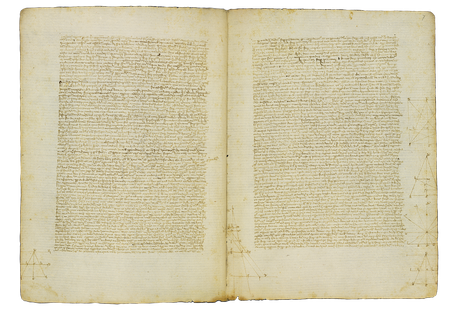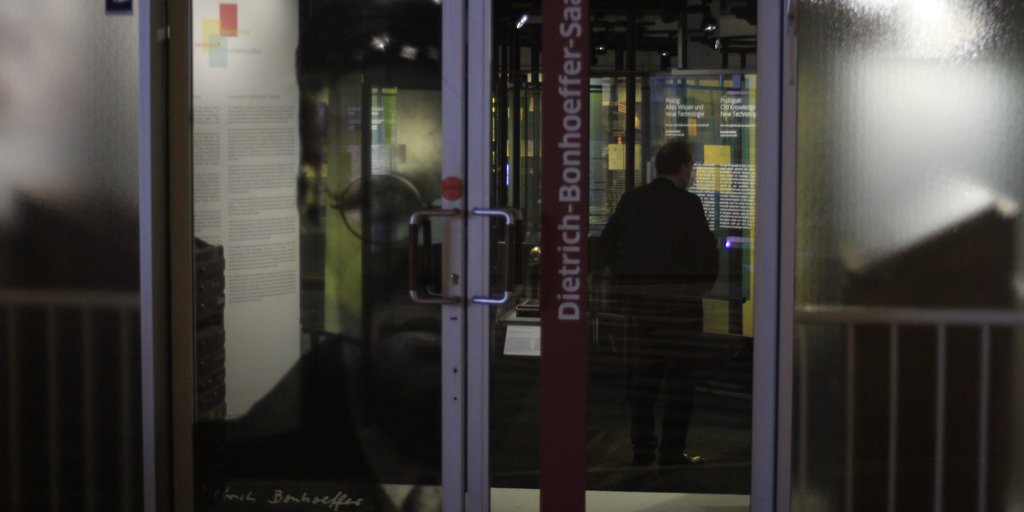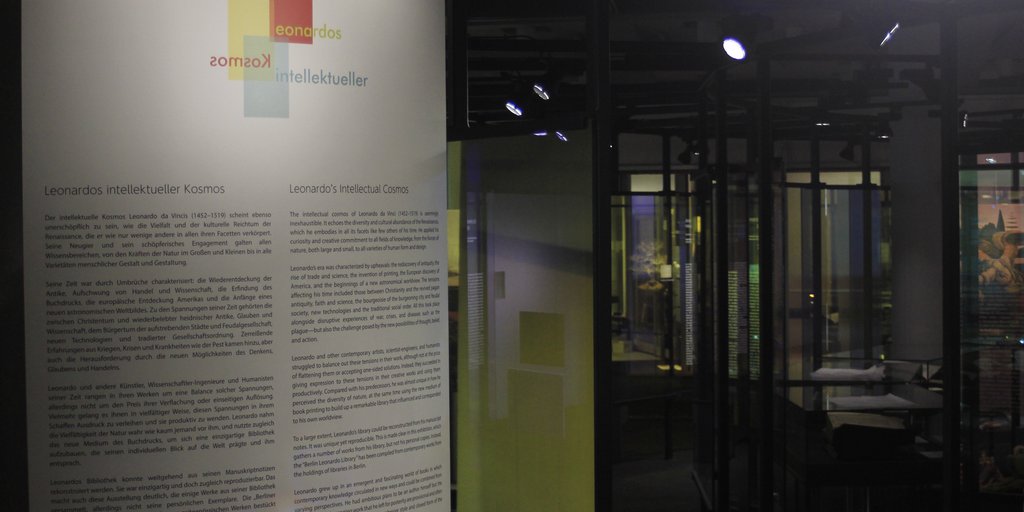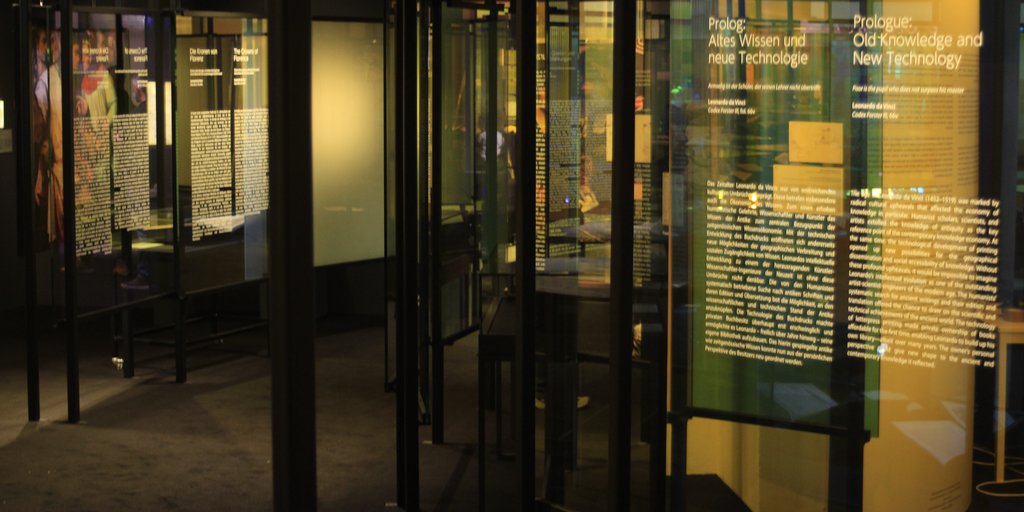
Prologue: Old Knowledge and New Technology <
Poor is the pupil who does not surpass his master
Leonardo da Vinci
Codex Forster III, fol. 66v
The age of Leonardo da Vinci (1452–1519) was marked by radical cultural upheavals that affected the economy of knowledge in particular. Humanist scholars, scientists, and artists extolled the knowledge of antiquity as the key reference point of the contemporary knowledge economy. At the same time, the technological development of printing opened up new possibilities for the geographical dissemination and social accessibility of knowledge. Without these profound upheavals, it would be impossible to imagine Leonardo’s intellectual evolution as one of the outstanding artist-scientist-engineers of the modern age. The humanists’ systematic search for ancient writings and their edition and translation offered the chance to draw on the scientific and technical achievements of the ancient world. The technology of letterpress printing made private ownership of books affordable for the first time, enabling Leonardo to build up his own library—albeit over many years. The owner’s personal perspective could give new shape to the ancient and contemporary knowledge it reflected.
Leonardo's Berlin Library: Section 1 <
 | 9. Ptolemy, Claudius. Liber de optica
Edited and translated by Eugenius <Panormitanus>, 14th c. |

This text on optics by Ptolemy (ca. 100 CE–after 160 CE) has survived in fragments in a 12th-century Latin translation based on an Arabic translation (also lost) of the Greek original. For a long period it existed only as handwritten copies like this one.
The first printed edition appeared at the end of the 19th century. Ptolemy’s theory of vision was based on light rays emanating from the eyes and had a lasting influence on Arab and medieval authors. In his studies on the human eye (94 ▲), Leonardo worked closely with the concept of a central ray of light and the phenomenon of binocular (double lens) vision, as illustrated by the schematic marginal drawing (fol. 7, on the right).
References
Eugenius Panormitanus. 1989. L’Optique de Claude Ptolémée. Dans la version latine d’après l’arabe de l’émir Eugène de Sicile. Edited by Albert Lejeune. Collection des Travaux de l’Académie Internationale d’Histoire des Sciences 31. Leiden / Boston, Mass.: Brill.
Fehrenbach, Frank. 2002. “Der oszillierende Blick. ‘Sfumato’ und die Optik des späten Leonardo.” Zeitschrift für Kunstgeschichte 65 (4): 522–544.
Ono, Hiroshi, Nicholas J. Wade, and Linda Lillakas. 2009. “Binocular Vision. Defining the Historical Directions.” Perception 38 (4): 492–507.
Smith, A. Mark, ed. 1996. Ptolemy’s Theory of Visual Perception. An English Translation of the Optics. Philadelphia: American Philosophical Society.










